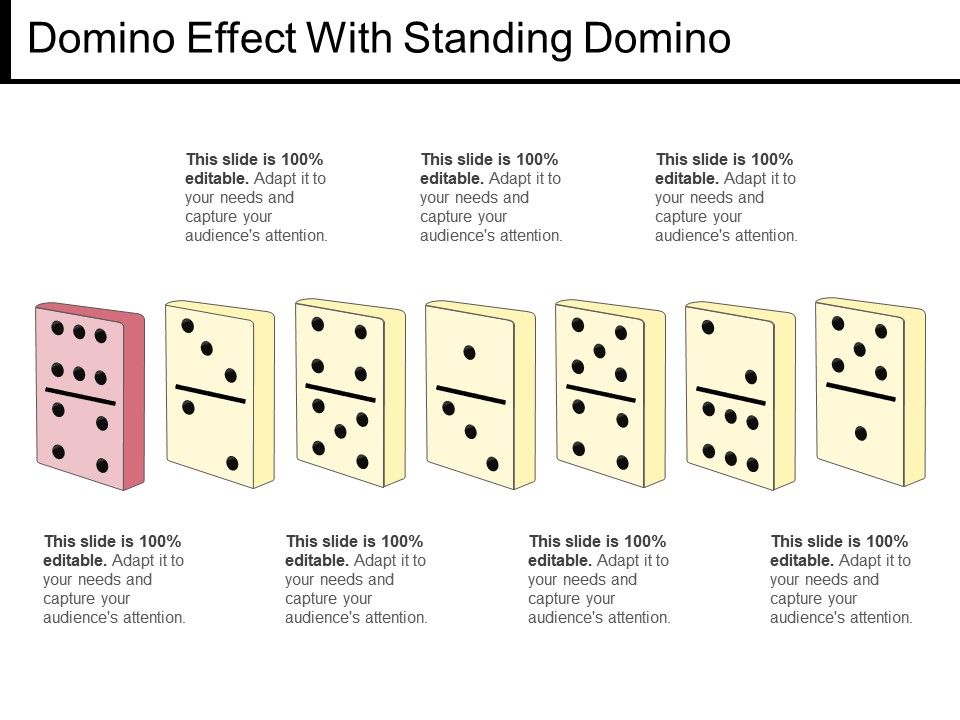

5 We had finally reached the long-sought “light at the end of the tunnel.” Unfortunately, that light turned out to be, as Warren Demian Manshel succinctly put it, a “funeral pyre.” 6 The United States had lost its first war.ĭespite the passing of overt dissension over the U.S. And in fact, that is the only way that a settlement there could have been reached, given the unabated aggressiveness of the Communist forces and the war-weariness that prevailed in Washington. In the end, the final settlement of the Indochina conflict was wrought not by negotiations, but by force of arms. Whatever else they may have accomplished, neither the 1973 Paris accords nor the Nobel Peace Prizes awarded to two of their principals had produced anything more substantial than a poor caricature of stability in the region. The extreme precariousness of the political-military situation throughout Indochina, of course, had long been apparent to most observers. 4 For the United States, however, and especially for its Indochinese allies, the coming of that “peace” meant bitter defeat.

With the Communist victories in Cambodia and South Vietnam in the spring of 1975, the “peace” once heralded by Henry Kissinger became a reality. That settlement has now been reached, and the “final solution” of the Indochina Question is being put into effect. combat forces from Indochina in 1973, there remained a strong belief in many circles that the character of the eventual settlement in Indochina would have a major impact on the future shape of American foreign policy. 1 Eventually, as the fighting in South Vietnam intensified, and as the American military involvement in that country expanded in the mid-1930s, the survival of non-Communist Indochinese regimes came to be seen as a test of the credibility of American policy. Thus, it was first argued that if any of the Indochinese states “fell” to communism the others (and ultimately the remainder of Southeast Asia itself) would topple in rapid succession like “a row of dominoes.” Therefore, in order to safeguard American interests in Asia, the United States undertook to oppose the extension of Communist power into Laos, Cambodia, and South Vietnam. In its original (and most restricted) form, the domino theory was applied to Southeast Asia in general, and to the non-Communist states of Indochina in particular. This concept, which was developed concurrent with the globalization of the doctrine of containment during the Cold War, largely reflected an assumption that any defeat incurred by the United States or its allies in one part of the world would necessarily have adverse consequences for the West elsewhere.

Eisenhower, although oblique references to such an idea had occasionally appeared earlier. Few concepts in contemporary world politics have been the center of as much controversy as the ubiquitous “domino theory.” The domino theory was first publicly articulated in 1954 by President Dwight D.


 0 kommentar(er)
0 kommentar(er)
